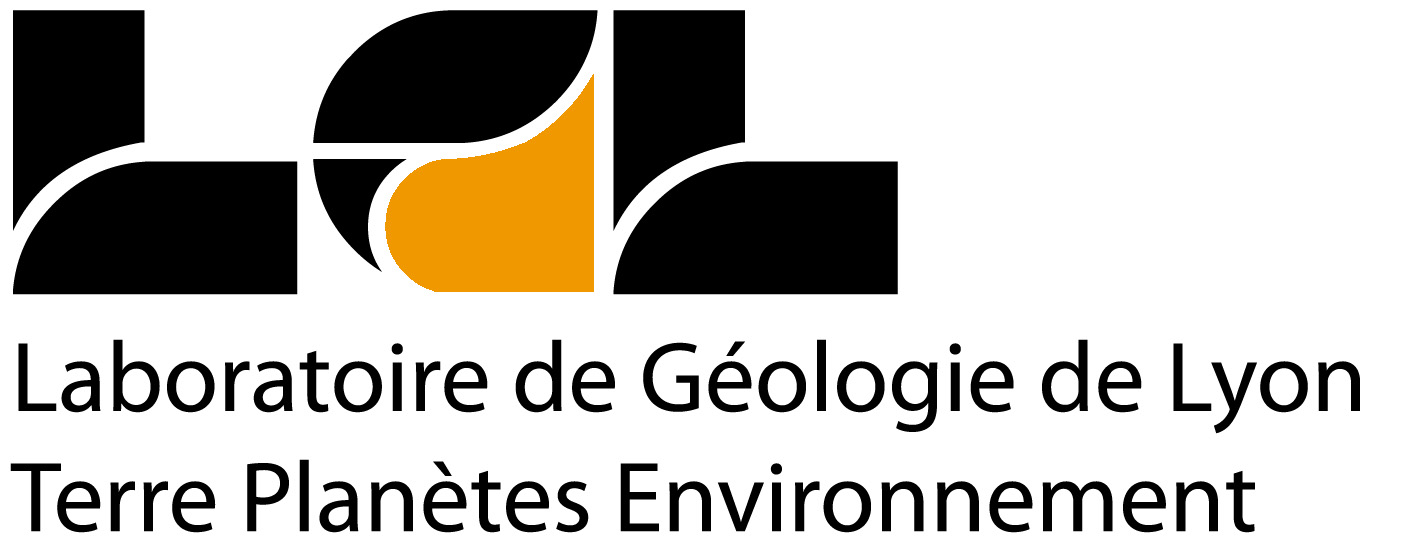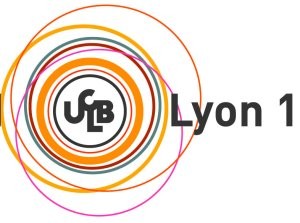The Mantle Transition Zone
At certain depths in the Earth’s mantle, the increasing pressure causes minerals to undergo phase changes, transforming to
different crystal structures. This is in particular the case for the olivine mineral that turns into wadsleyite at 410 km
depth and transforms from ringwoodite to perovskite+magnesiowustite at 660 km depth.
The thermodynamics of phase transitions makes the depths of these reactions temperature dependent. Seismic waves change speed across these transitions with velocity contrasts depending on the composition of the mantle. So analyzing seismic waves gives scientists information about the temperature and composition in the mantle.
In Tauzin et al. (2008), we produced global measurements of the topography of transition zone seismic discontinuities and thickness. The inferred temperature variations range between -300°C and +300°C.
A detail of the dataset can be found at the following page.
To gain more detail about this "Transition Zone" between the upper and lower mantle we analyzed seismic waves recorded at the dense network of seismic stations of the U.S. transportable array (Tauzin et al. 2013).
The maps of discontinuity topography and transition zone thickness as shown below can thus be used to infer the temperature variations in the transition zone. For the topographies of the 410-km and 660-km discontinuities, red colors indicate deeper reactions and blue colors shallower. For the thickness of the transition zone, red = thin (hot) and blue = thick (cold).
From these maps, the inferred temperature variations below western US go roughly from -400°C to +300°C.
The thermodynamics of phase transitions makes the depths of these reactions temperature dependent. Seismic waves change speed across these transitions with velocity contrasts depending on the composition of the mantle. So analyzing seismic waves gives scientists information about the temperature and composition in the mantle.
The Global scale
In Tauzin et al. (2008), we produced global measurements of the topography of transition zone seismic discontinuities and thickness. The inferred temperature variations range between -300°C and +300°C.
A detail of the dataset can be found at the following page.
The Western US
To gain more detail about this "Transition Zone" between the upper and lower mantle we analyzed seismic waves recorded at the dense network of seismic stations of the U.S. transportable array (Tauzin et al. 2013).
The maps of discontinuity topography and transition zone thickness as shown below can thus be used to infer the temperature variations in the transition zone. For the topographies of the 410-km and 660-km discontinuities, red colors indicate deeper reactions and blue colors shallower. For the thickness of the transition zone, red = thin (hot) and blue = thick (cold).
From these maps, the inferred temperature variations below western US go roughly from -400°C to +300°C.
Installed Plugin Version: Loading...





